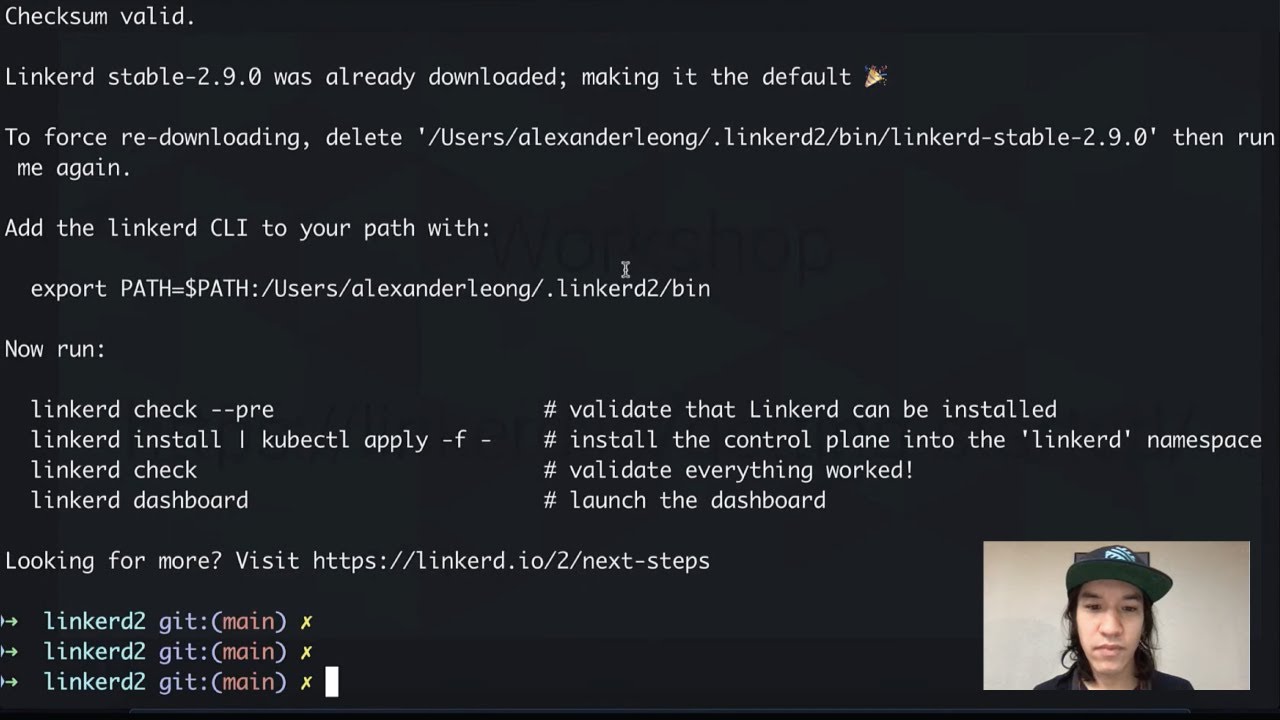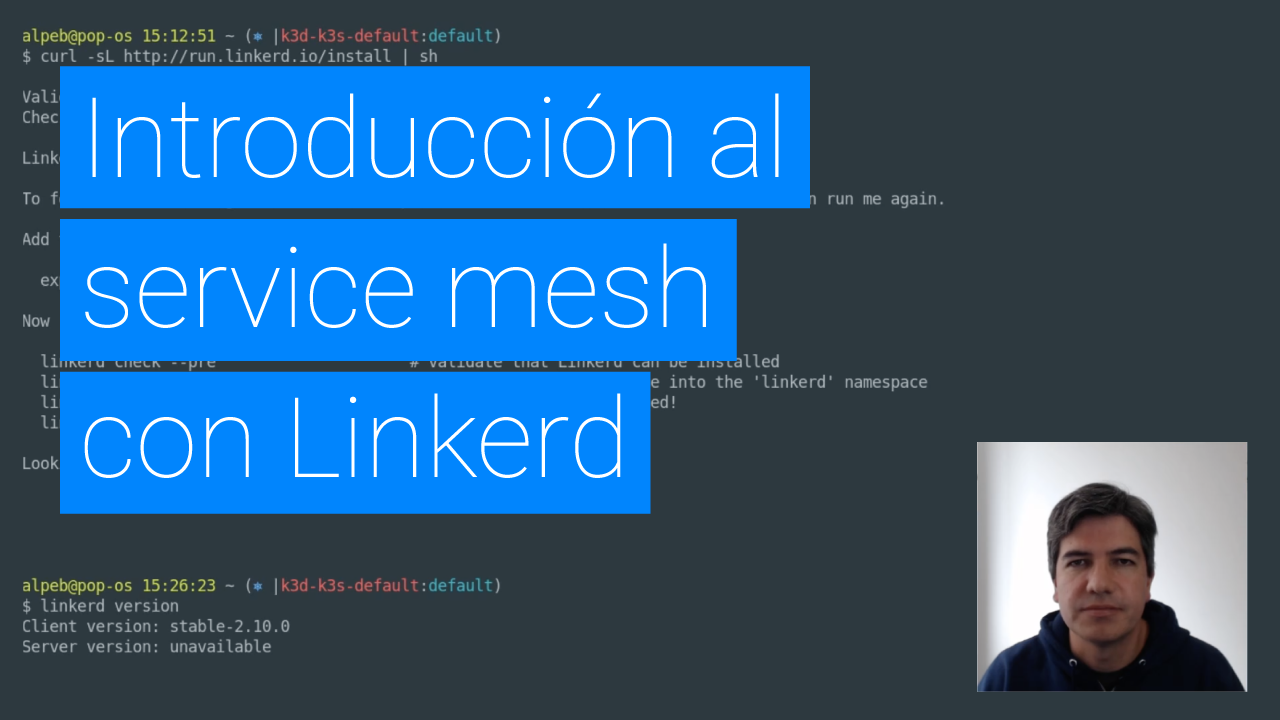

Over the past few months, the team at Ada Logics has been hard at work introducing fuzz testing to Linkerd’s Rust proxy. These fuzz tests now run continuously on Linkerd via Google’s OSS-Fuzz service, providing another layer of safety for Linkerd users around the globe. In total, fuzzing was integrated into seven dependencies of the proxy as well as the proxy itself, and five of these projects are now running continuously on OSS-Fuzz.
These fuzz tests uncovered two minor bugs in the proxy, which have since been fixed. (By comparison, a similar recent effort on a C-based CNCF project found (and fixed) over 30 bugs, primarily related to memory safety). In addition, a few minor issues were found in dependencies, and these have all been communicated to the maintainers.
You can read the full report here. For details, and how you can get involved in this important safety measure for Linkerd, read on!
(Background reading: Under the hood of Linkerd’s state-of-the-art Rust proxy, Linkerd2-proxy; and Why Linkerd doesn’t use Envoy.)
Why fuzz test the proxy?
Fuzz testing is a type of automated software testing that uses randomized inputs and coverage-based genetic algorithms to evaluate the behavior of code. Because the input is randomly generated, fuzz testing is useful in capturing test cases that humans might miss, especially when it comes to corner cases around invalid or unexpected inputs.
Linkerd uses an arsenal of automated tests to ensure safety and reliability on every commit. These tests range from code linting and static analysis, to unit tests, to a comprehensive suite of integration tests. While these tests play a major part of Linkerd’s development process, there are three reasons why we wanted to augment them with fuzz testing of the proxy in particular:
Linkerd’s proxy handles untrusted input from the network. The proxy must take a request from an application or possibly from the open Internet; parse the data; and “do something” with it—send it to its destination, reject it, etc. While Rust’s memory safety guarantees help us avoid an entire class of security vulnerabilities that are endemic to C and C++ code, that, of course, doesn’t prevent other types of bugs. And the threshold for resilience in the proxy is extremely high—it must be able to handle even the worst-case scenario of malicious input crafted by someone with full source code access.
The data plane proxy is the most critical runtime component of any service mesh. While Linkerd is designed so that a temporary failure of control plane components does not affect running applications, temporary failures at the data plane level means that pods are unable to process requests. And beyond simple failures, the worst-case scenario for bugs in the proxy is horrifying: changing or corrupting a request could be disastrous; not handling mTLS correctly could expose traffic to attackers; and so on. Thus, it behoves us to have the most robust set of tests possible, in addition to our existing reliability practices around code review, etc.
The fuzz testing ecosystem for Rust is simply underdeveloped compared to that of other languages. Investing in this critical area meant that not just Linkerd, but other projects that are built on the state-of-the-art Rust networking ecosystem (projects like Tokio, Hyper, Rustls, and Tower) could all benefit from this work—a win for everyone.
What did the fuzz testing find?
The initial fuzz tests found two minor bugs in Linkerd’s proxy.1 First, the proxy would panic when a DNS lookup resulted in names exceeding 255 bytes, due to a bug in the trust-dns library the proxy uses for DNS queries. This issue was fixed immediately by the maintainers of that library and the fix incorporated in recent Linkerd releases.
Second, the proxy would panic when resolving IPv6 addresses with port 80. (Most Kubernetes providers do not yet support IPv6, but the proxy is future-proofed for when they do.) This was a bug in the proxy itself, and was also fixed immediately with the fix incorporated into recent Linkerd releases.
These bugs demonstrate the value of fuzz testing: they represent logical flaws in the proxy (and dependent libraries) that involved unexpected edge cases, in code which had passed several rounds of human review.
While no two projects are alike, as a point of comparison, a recent similar exercise by Ada Logics on a graduated CNCF project written in C yielded over 30 bugs, including 4 “high severity” and 8 “medium severity” bugs. The majority of these bugs were buffer overflows, null dereferences, memory leaks, and other types of memory errors that Linkerd’s use of Rust allows us to avoid in the first place. (link)
So what’s next?
The fact that the fuzz tests found bugs is great! But this is just the beginning, not the end, of the fuzz testing story. This initial work only captured a portion of the proxy’s surface area, and there’s a lot more that could benefit from fuzz testing.
If you’re looking for ways to get involved with Linkerd—and we’d love to have
you—the good news is that this is yet another avenue by which you can help the
project. If you’re interested in further building out Linkerd’s set of fuzz
tests, please see the developer docs for proxy fuzzing in
Linkerd,
hop into #contributors on the Linkerd Slack, and
let’s make it happen!
Thank you
The Linkerd maintainers would like to issue a special thank-you to the Ada Logics team and David Korczynski in particular for their hard work in implementing these fuzzers, for wading into the uncharted waters of fuzz testing for Rust, and for helping us navigate the OSS-Fuzz project. We’d also like to thank the CNCF, especially Chris Aniszczyk, for sponsoring this work.
Linkerd is for everyone
Linkerd is a community project and is hosted by the Cloud Native Computing Foundation. Linkerd is committed to open governance. If you have feature requests, questions, or comments, we’d love to have you join our rapidly-growing community! Linkerd is hosted on GitHub, and we have a thriving community on Slack, Twitter, and the mailing lists. Come and join the fun!
(Photo by Prince Abid on Unsplash.)
Footnotes
- The tests are focused on finding situations that cause the proxy to “panic”, or intentionally crash—an easily-detectable situation that is the consequence of the proxy finding itself in a situation it can’t handle. A fuzz test that causes the proxy to panic in response to strange input is a sure sign of a bug. [return]



